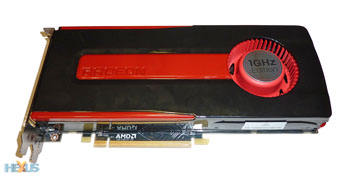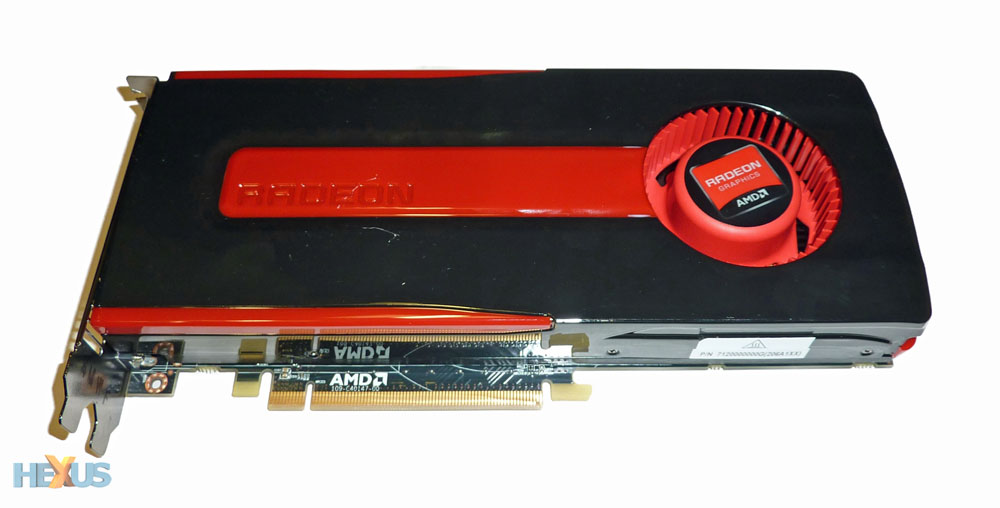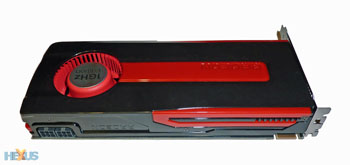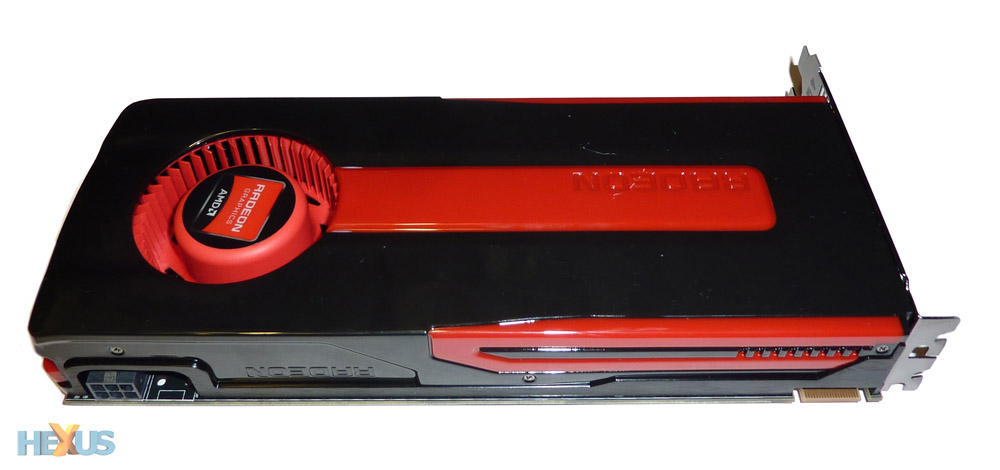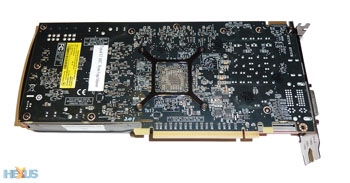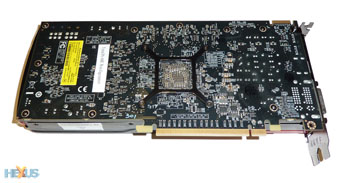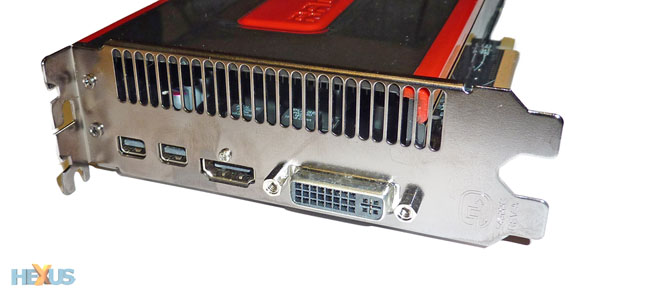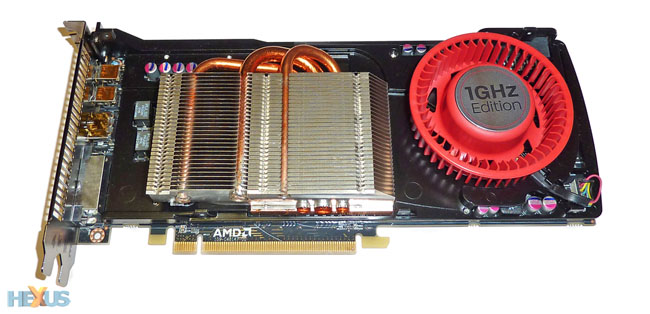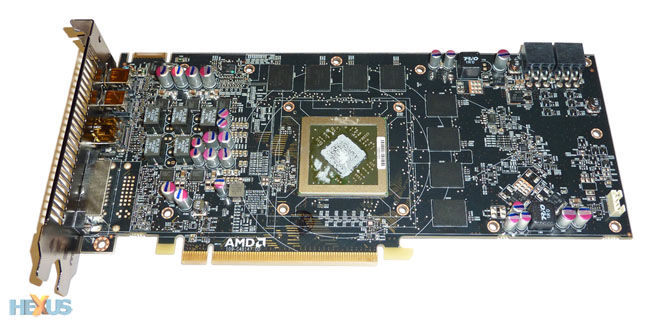The cards
From tech to product
Hold your horses, dear readers, as we need to take a look at the cards before spewing forth benchmarks. AMD supplied HEXUS with a reference card based on both HD 7800-series GPUs. These may be taken up by add-in board partners looking for a cost-effective method of pushing stock into the channel quickly, though given what we know about Pitcairn power-draw, it's sensible to assume that the cooling solutions currently found on Radeon HD 6950 and HD 6850 GPUs will find their way onto these new cards.
Let's play a spot-the-difference game, shall we? Radeon HD 7870 is on the left, HD 7850 is on the right, or is it the other way around? This poor attempt at humour doesn't take away from the fact that both reference cards are practically identical. It's only the 1GHz sticker on the HD 7870 that gives the game away.
Measuring 9.5in long and taking design cues from the HD 7950, both Pitcairn GPUs are cooled by a radial fan pushing air over a mid-PCB heatsink. AMD reckons that partners may be able to get the HD 7850's PCB down to 7.5in - that's HD 5770 sizing, in case you were wondering - reinforcing the energy-efficient nature of the underlying core. Click here to see just how small an HD 7850 can be.
Flick them around and you may need to visit Specsavers if you can't see the difference. As mentioned on the first page, HD 7850, on the right, uses a single 6-pin PCIe connector; AMD has simply removed the other. A single CrossFire finger makes it possible to run two-board CrossFireX. The ability to use more boards and provide a second BIOS position is reserved for the high-end 7970/50 cards.
Both PCBs have solder spots for two 6-pin connectors, underscoring the in-yer-face similarity between the two reference cards. OK, this point has been laboured enough.
We're no longer playing spot the difference. The rear section is also identical, kitted out with a standard HD 7000-series line-up of dual-link DVI, HDMI and two miniDisplayPorts.
Stripping down the HD 7870 shows just how AMD's constructed the card. A three-heatpipe heatsink sits on top of a card-wide frame.
Take both away and we're left looking at the Pitcairn die surrounded by eight 2Gbit memory devices from Hynix. Do remember that the memory frequency of 4,800MHz is conservative for modules we've previously seen run at much higher speeds. For what it's worth, this is the first time AMD has used a standard 256-bit memory bus on HD 7000-series GPUs. Practicalities aside, we guess AMD wants to leave partners plenty of scope to overclock either Pitcairn card and therefore release special-edition models that saturate various price points, all the way up to £300.






